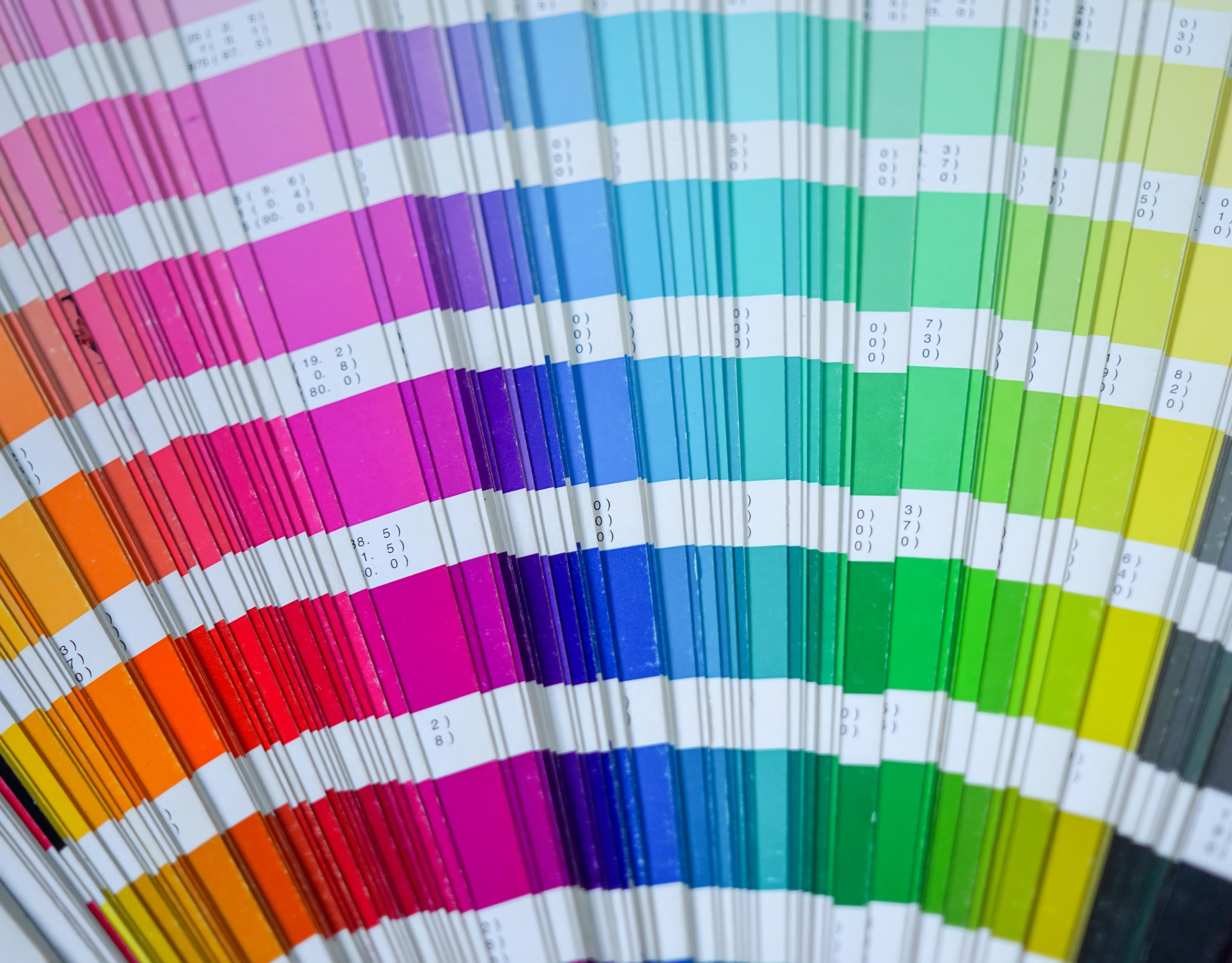Print Design
Print design includes anything that's physically printed, such as brochures, business cards, flyers, and packaging. Print design has been around for centuries and is still a popular choice for many businesses today. Here are some of the pros and cons of print design:
PROS:
Tangible: Printed materials can be held, touched, and passed around, making them more tangible and memorable.
Higher quality: Print design offers higher resolution and colour accuracy than online design.
Permanent: Printed materials can be kept for years, making them a great way to establish your brand over time.
CONS:
Expensive: Printing costs can add up quickly, especially for large print runs.
Limited audience: Printed materials have a limited reach and are typically only seen by those in close proximity to them.
Slow turnaround: Printing takes time, so if you need something quickly, print design may not be the best option.
Online Design
Online design includes anything that's viewed on a screen, such as websites, social media graphics, and digital ads. Online design has become increasingly popular in recent years due to its low cost and wide reach. Here are some of the pros and cons of online design:
PROS:
Cost-effective: Online design is generally less expensive than print design.
Wide reach: Online design can be seen by anyone with an internet connection, making it a great way to reach a large audience.
Quick turnaround: Online design can be created and published quickly, making it a great option for time-sensitive projects.
CONS:
Intangible: Online design can't be held or touched, making it less memorable than print design.
Lower quality: Online design often has lower resolution and colour accuracy than print design.
Temporary: Online design can be deleted or forgotten easily, making it less effective for long-term branding efforts.
Choosing the Right Route for Your Project
Now that we've explored the pros and cons of print and online design, how do you choose the right one for your project? The answer depends on several factors, including your budget, your target audience, and your goals.
If you're targeting a local audience and have a higher budget, print design may be the best option. Printed materials can be distributed to potential customers in your area and are more likely to be remembered over time. However, if you're targeting a wider audience and have a lower budget, online design may be the better option. Online design can reach a large audience quickly and can be more cost-effective than print design.
Ultimately, the right route for your project will depend on your specific needs and goals. As a freelance graphic designer, it's important to be familiar with both print and online design and to be able to offer your clients the best solution for their project.
Conclusion
Print and online design both have their strengths and weaknesses, and choosing the right one for your project can be a challenge. By considering your budget, target audience, and goals, you can make an informed decision about which route to take. As a freelance graphic designer, it's important to be knowledgeable about both print and online design and to be able to offer your clients the best solution for their specific needs.




